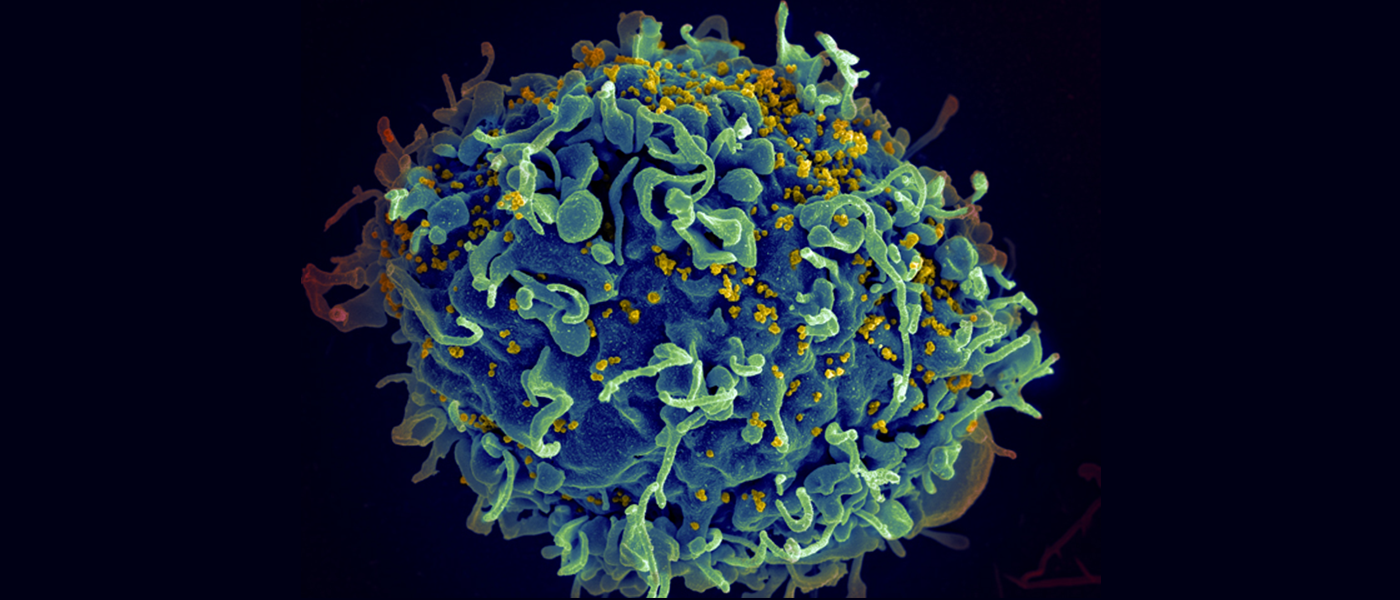Medicine is receiving a huge boost from science and technology. New disease treatments, innovative diagnostic techniques, and upgrades to a doctor's tools and machines are making the business of saving lives easier and more effective.
A promising new branch is medical robotics — a field that uses tiny robots to go inside a patient and carry out all kinds of therapies. Here are some of the robots that may soon be swimming in a body near you.
DIAGNOSIS
The first goal of a doctor is knowing what disease ails his patient. While that may have involved some level of guesswork in the past, mini robots inside the body will soon be making that a more certain exercise.
Small robots the size of a fly can enter directly through a skin incision and will carry diagnostic tools and sensors that can spot signs of disease.
One centimeter robot "lampreys" will also one day crawl up a small wound and with sensors crafted from mammalian cells. They then feed data to processing units or medical professionals for analysis.
SURGERY
Small robots are being developed to attack disease-carrying bacteria and to remove debris clogging blood vessels.
Starfish-like microbots can even perform biopsies from inside the body. These bots have grippers that can retrieve tissue samples. Delivered in the thousands, the bots can take tissue from hard to reach areas and then return via a magnetic catheter.
Other small robots are more like mini-submarines for unclogging heart arteries. Fat or cholesterol build-up can obstruct blood flow, leading to heart attacks or strokes. But small "nanobeads" will loosen up the fat and cholesterol, allowing a surgical drill to finish it off.
DRUG DELIVERY
One of the most promising uses of nanorobots is for drug delivery, allowing doctors to bring drugs to specific areas or hard-to-reach cells that need them.
One of these robots is being developed to treat cancer. A major problem with targeted treatment of cancer is that injecting tumors with drugs ruptures them and spreads the diseased cells around. But small robots can deliver the drugs safely without using syringes that puncture tumors.
"Nanofish" are also being designed — these robots move around in a fish-like motion. Using magnetic fields, doctors can guide the "nanofish" towards specific cells, delivering medicine or moving individual cells along the way.
THE FUTURE
Robots certainly have incredible promise in the changing the field of medicine. On their own, these robots could allow visits to the doctor be much more effective.
But taken with other technologies, like those of the Internet of Things, and we can start a revolution in medicine. Imagine: A doctor in the U.S. could control robots inside a patient in Asia or Africa, and use real-time data from inside the body to perform treatments from the other side of the world.
Share This Article
